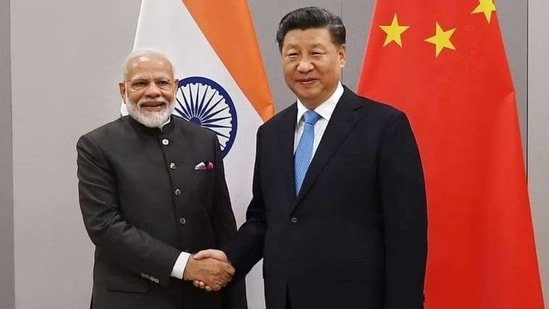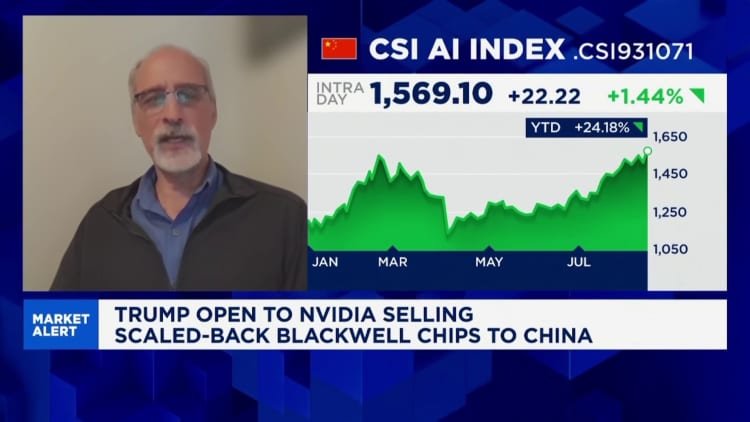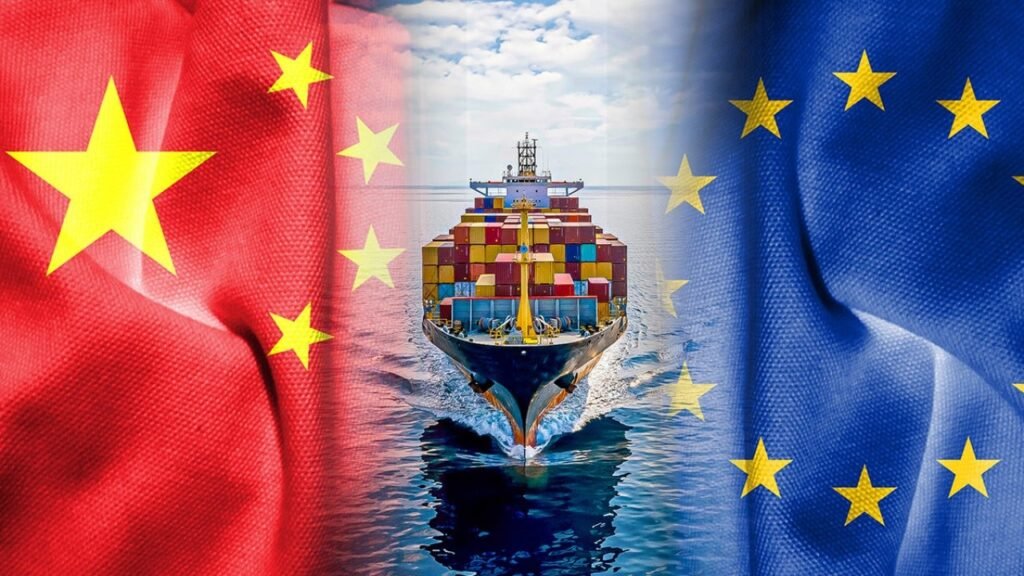Cryptocurrency analysis firm Alphractal has highlighted a novel metric influencing Bitcoin price fluctuations, emphasizing the correlation between Bitcoin’s market performance and the global money supply dynamics, particularly in China. The firm’s latest report indicates that when the Chinese M2 money supply outpaces that of the U.S., Bitcoin typically experiences upward movement. This observation is based on recent liquidity injections from the People’s Bank of China (PBoC), which have coincided with a notable increase in Bitcoin prices over the past several weeks. Furthermore, the decline in U.S. M2 money supply dominance is also considered a positive signal for Bitcoin [4].
The report provides specific data: China’s M2 money supply was recorded at 329.94 trillion yuan, showing a 0.10% decrease compared to last month but an 8.78% increase year-on-year. In contrast, the U.S. M2 money supply stood at $22.02 trillion, reflecting a 0.63% increase from the previous month and a 4.53% rise compared to the previous year. These figures underscore the shifting dynamics in the global monetary landscape and highlight the potential influence of monetary supply changes on Bitcoin’s price [4].
Despite these favorable indicators, the report also notes a shift in overall crypto market sentiment towards ‘Bearish’ territory. This shift could be attributed to the broader economic and regulatory environment, which has seen increased scrutiny and volatility in the cryptocurrency markets. Analysts have pointed to potential manipulation of Bitcoin’s price as a contributing factor, with the observed price action increasingly appearing orchestrated [3]. The manipulation is often linked to the liquidity conditions in the order books of major exchanges, where bid and ask liquidity levels are closely monitored [3].
The geopolitical implications of digital currencies, especially stablecoins, are becoming increasingly significant. In the U.S., the passage of the GENIUS Act, which allows regulated U.S. banks to issue dollar-backed stablecoins, has been seen as a strategic move to maintain the dollar’s dominance in global trade. In response, China is exploring the development of its own yuan-backed stablecoin to challenge the influence of U.S. dollar stablecoins. Hong Kong has already taken steps in this direction by passing a stablecoin law, aiming to attract wealthy investors and integrate stablecoins into its financial markets [5].
China’s broader strategy in the digital currency space is evident in its promotion of the digital yuan (e-CNY). While the e-CNY is not a stablecoin, its adoption has been facilitated by the widespread use of electronic payments in China. The government has also been pushing for the e-CNY’s use in international trade, particularly in Africa, to enhance the yuan’s global presence. However, the yuan’s limited convertibility and strict foreign exchange controls remain significant barriers to its internationalization [7]. Despite these challenges, the yuan’s role in global payments has been growing, reaching a 2.88% share as of June, according to SWIFT data [7].
The expanding interest in cryptocurrencies among Asian investors is another key factor influencing the market. Wealthy families and family offices in Asia are increasingly allocating a portion of their portfolios to cryptocurrencies, driven by favorable regulatory developments and the asset’s potential for diversification. The recent regulatory advancements in the U.S. and Hong Kong have further fueled this trend, with many investors viewing Bitcoin as a hedge against macroeconomic uncertainties [6]. This shift in investor behavior is reflected in the surge in trading volumes and the increased demand for crypto-related investment products [6].
Source: [1] title1 (url1) [2] title2 (url2) [3] title3 (url3) [4] title4 (url4) [5] title5 (url5) [6] title6 (url6) [7] title7 (url7)







